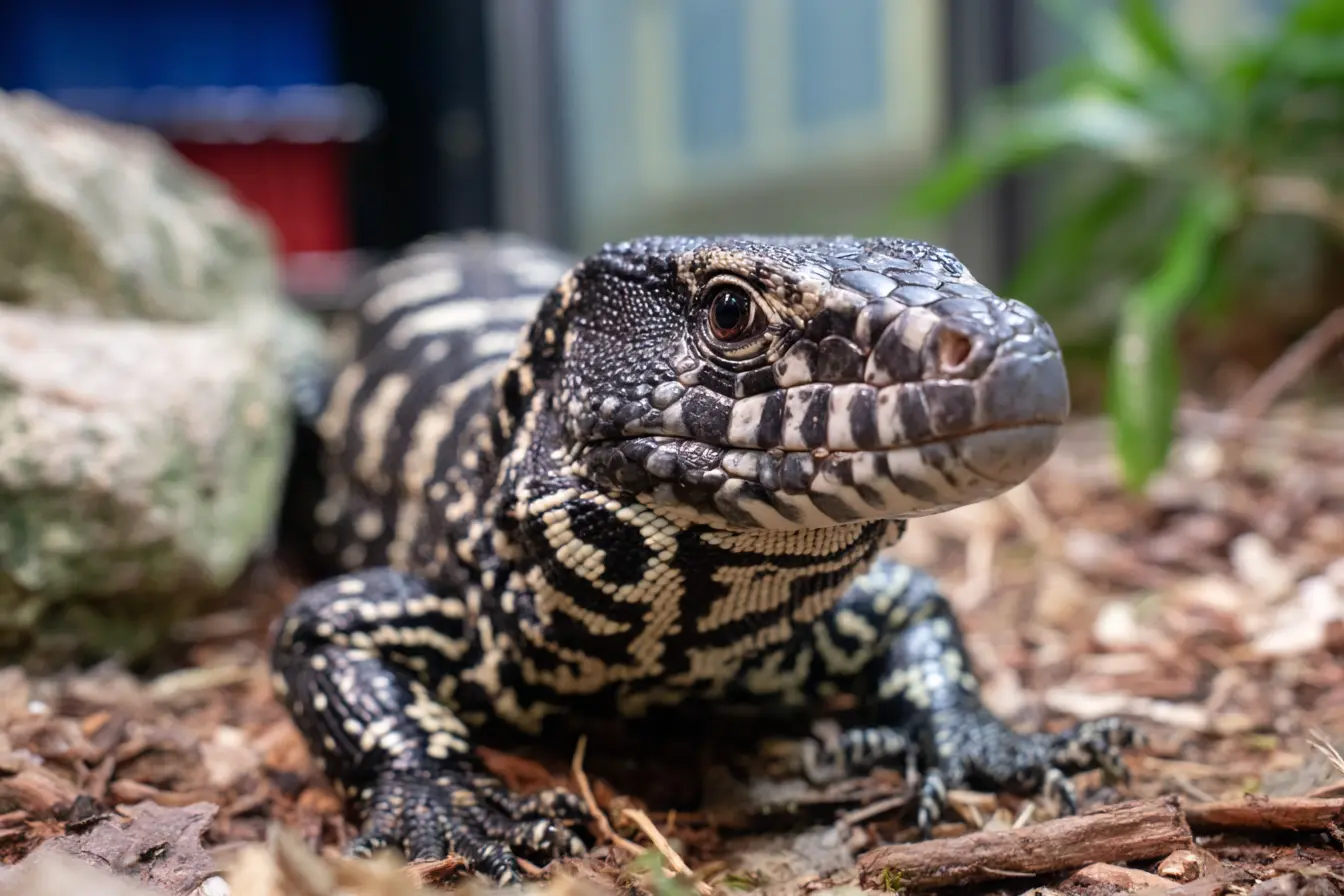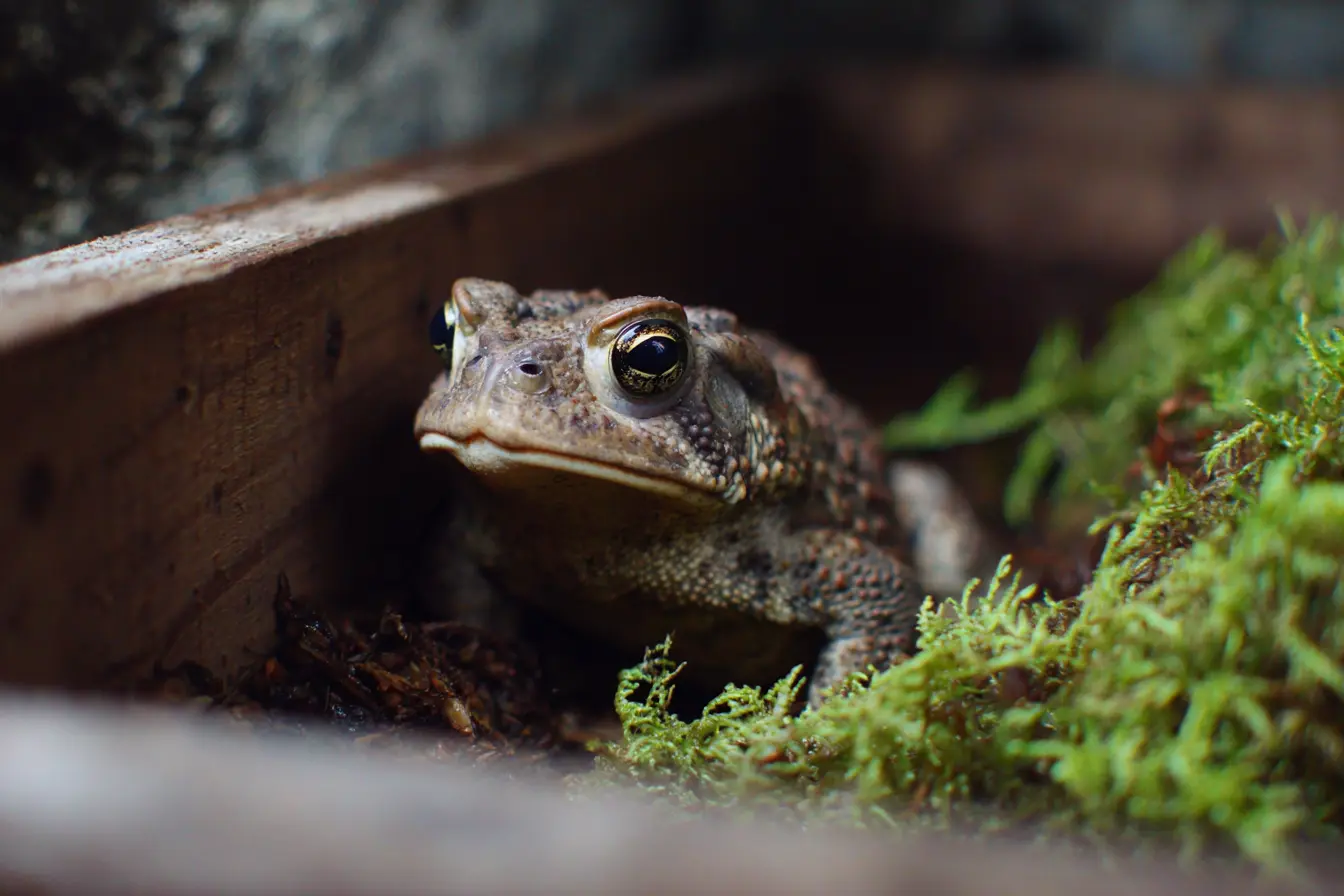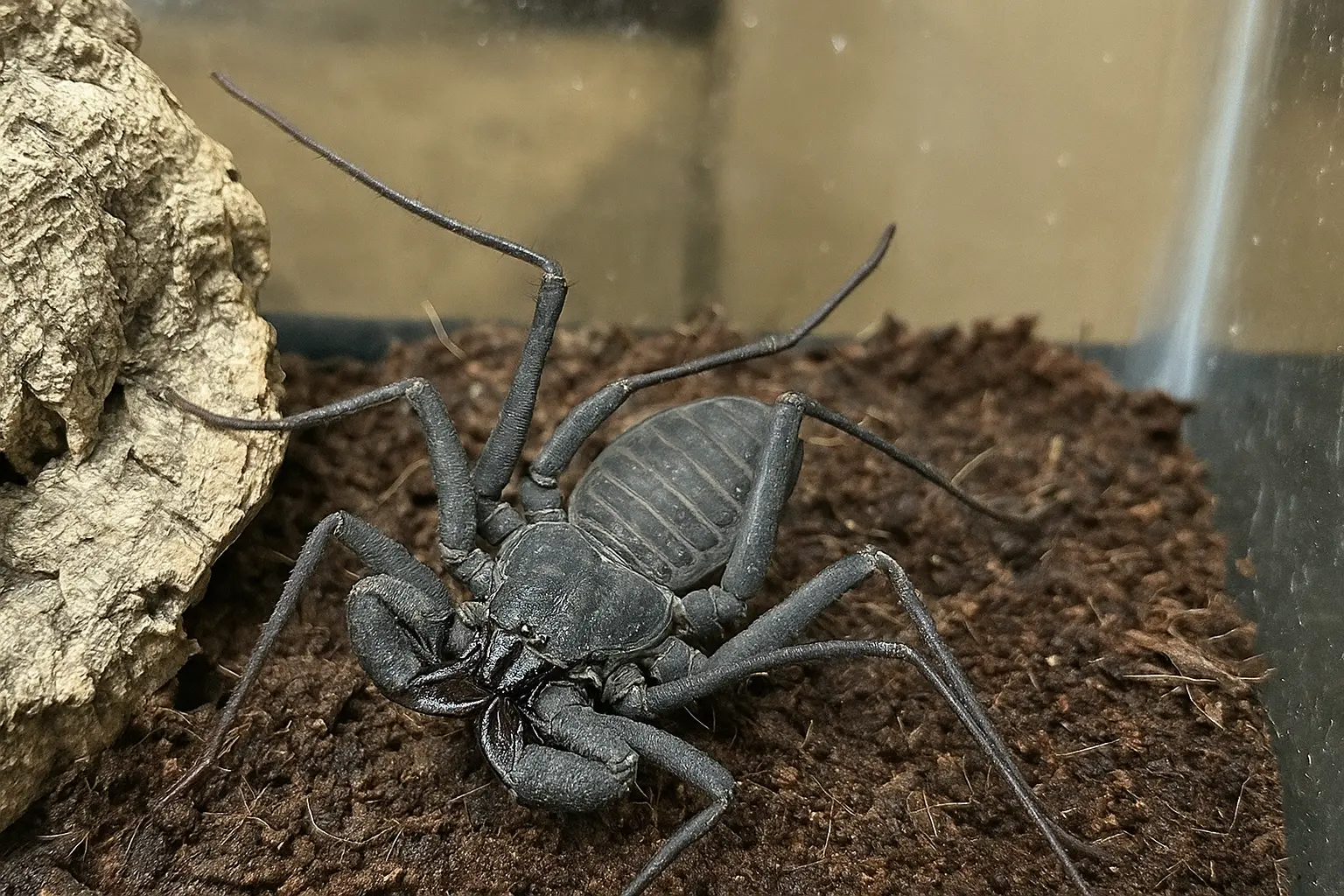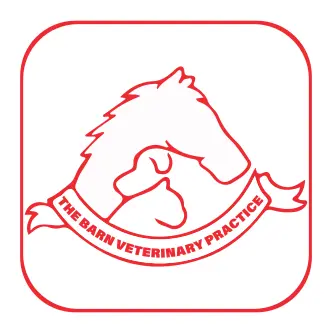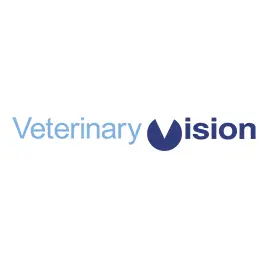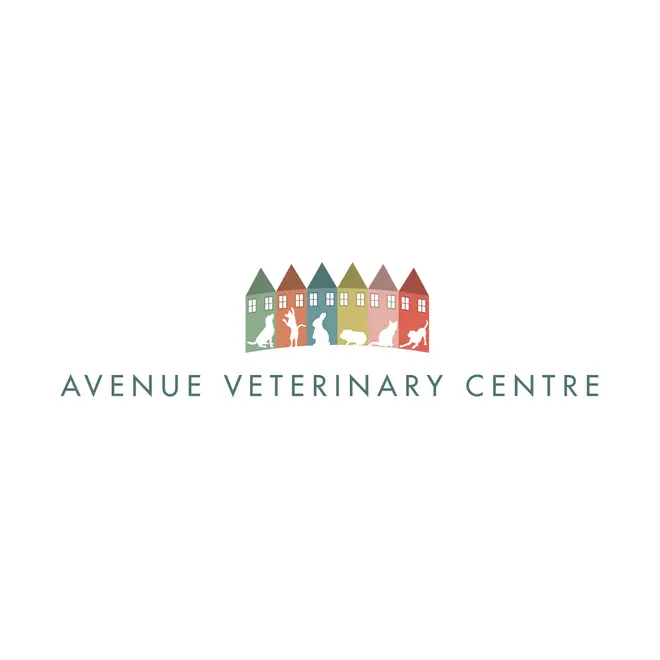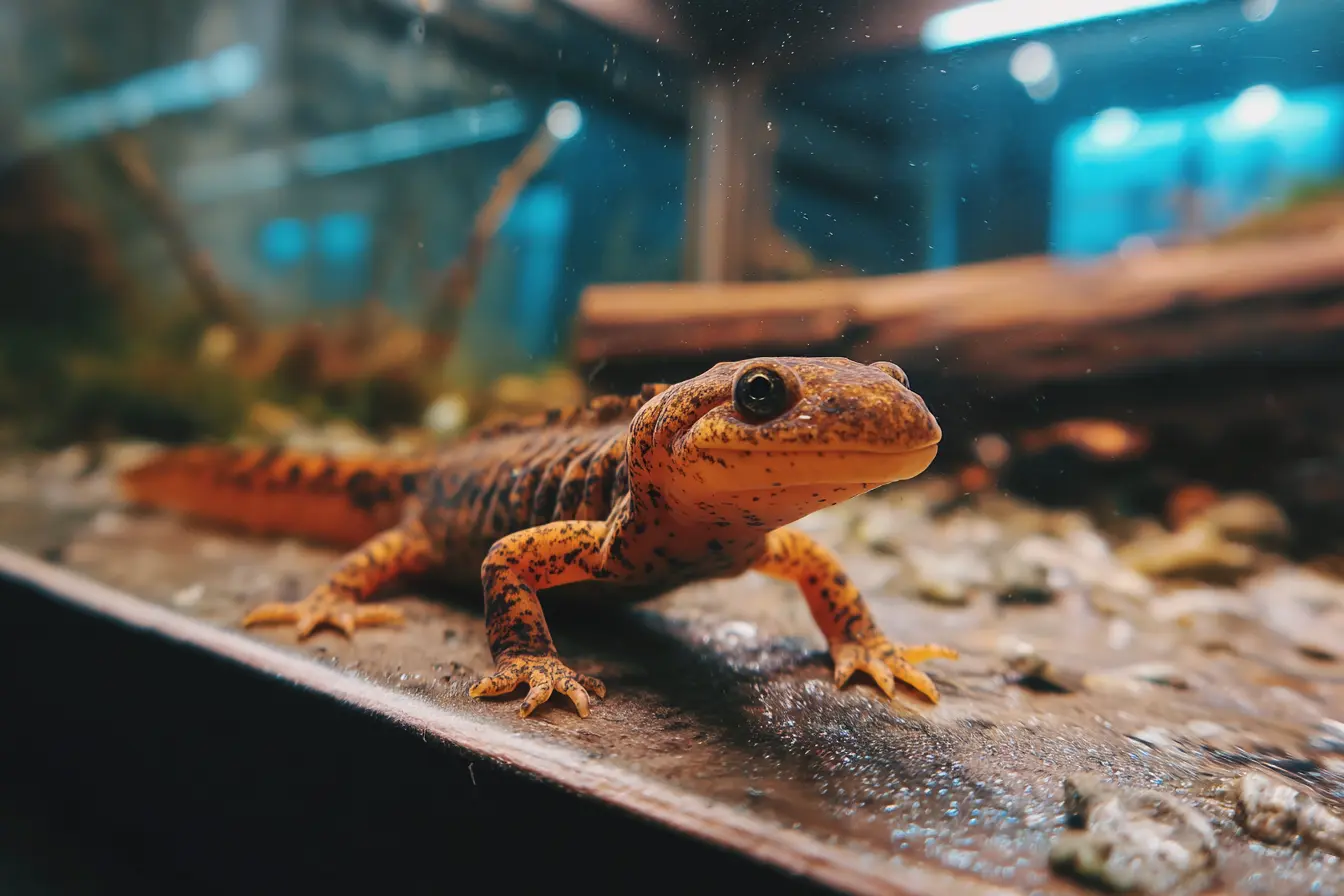
Common Ailments in Salamanders
Salamanders are delicate and captivating amphibians, but they are also highly sensitive to changes in their environment. Poor husbandry, stress, and infections can quickly lead to health issues. Understanding the common ailments that affect salamanders is crucial for providing them with the best care possible. This guide will outline the major illnesses, their causes, symptoms, preventative measures, and treatments.
Bacterial Infections
Cause:
Bacterial infections often arise from poor water quality, unsanitary terrestrial conditions, injuries, or stress. Opportunistic bacteria such as Aeromonas and Pseudomonas are common culprits.
Symptoms:
- Skin ulcers or sores
- Reddening, particularly around the abdomen and limbs
- Lethargy and sluggishness
- Loss of appetite
- Mucous-coated skin
Prevention:
- Maintain strict hygiene in both aquatic and terrestrial environments
- Quarantine new salamanders before introducing them to an established habitat
- Handle salamanders with clean, wet hands only and minimise handling
Treatment:
Veterinary intervention is necessary. Treatment usually involves the administration of systemic antibiotics and supportive care to correct environmental factors.
Fungal Infections
Cause:
Fungal infections commonly occur after skin injuries or when salamanders are kept in damp but unhygienic environments. Saprolegnia species are typical pathogens.
Symptoms:
- White or grey cotton-like growths on the skin
- Flaky, rough, or discoloured skin
- Reduced activity
- Inappetence
Prevention:
- Ensure all water and substrate are clean
- Keep humidity at appropriate levels
- Address injuries promptly
Treatment:
Mild fungal infections may be treated with salt baths. More severe infections require antifungal medications prescribed by a vet. Environmental sanitation is essential to prevent recurrence.
Red Leg Syndrome
Cause:
A form of septicaemia caused by bacteria such as Aeromonas hydrophila. It often results from stressful conditions, dirty environments, or immune suppression.
Symptoms:
- Bright red discolouration of the legs, abdomen, and vent
- Skin ulcers
- Lethargy
- Anorexia
- Sudden death if untreated
Prevention:
- Maintain excellent water quality and substrate hygiene
- Minimise environmental stressors
- Quarantine new animals
Treatment:
Immediate veterinary care is critical. Treatment typically includes strong systemic antibiotics, supportive fluid therapy, and habitat improvements.
Metabolic Bone Disease (MBD)
Cause:
MBD arises from a dietary imbalance, particularly a deficiency of calcium or vitamin D3, or an incorrect calcium to phosphorus ratio. Some species also require UVB light for calcium metabolism.
Symptoms:
- Deformed or soft bones
- Fractures from minor activities
- Difficulty moving
- Swelling in the limbs or jaw
Prevention:
- Provide a calcium-rich diet
- Dust live foods with calcium and vitamin D3 supplements
- Install UVB lighting for species that require it
Treatment:
Consult a veterinarian for calcium supplementation protocols. Long-term correction of husbandry practices is essential to prevent reoccurrence.
Parasites
Cause:
Parasites can be internal (worms, protozoa) or external (mites, ticks), and are usually introduced through contaminated food, wild-caught specimens, or dirty habitats.
Symptoms:
- Visible worms in faeces
- Abnormal stools or diarrhoea
- Visible mites or ticks on the skin
- Weight loss despite eating
- Lethargy
Prevention:
- Feed only captive-bred, parasite-free live food
- Quarantine new additions
- Maintain a clean living environment
Treatment:
Diagnosis by a vet through faecal analysis or skin scrapings is necessary. Prescribed antiparasitic medications are typically very effective.
Skin Shedding Problems (Dysecdysis)
Cause:
Improper humidity, dehydration, poor nutrition, or underlying infections can all cause incomplete or problematic skin shedding.
Symptoms:
- Retained skin on toes, limbs, or body
- Dull or flaky skin
- Erratic or excessive rubbing behaviour
Prevention:
- Maintain correct humidity
- Offer rough surfaces to assist shedding (safe rocks, plants)
- Provide clean, dechlorinated water for aquatic or semi-aquatic species
Treatment:
Increase humidity and provide bathing opportunities. In stubborn cases, gentle removal of shed skin after softening it with water may be required, under veterinary supervision.
Impaction
Cause:
Ingestion of substrate (such as gravel or sand) or inappropriate food sizes can block the digestive tract.
Symptoms:
- Swollen abdomen
- Lethargy
- Loss of appetite
- Reduced or absent faecal output
Prevention:
- Use safe, non-ingestible substrates like smooth river stones or bare-bottom tanks
- Feed appropriately sized prey items
Treatment:
Minor cases may resolve with hydration and careful monitoring. Severe cases require veterinary treatment, which may involve surgery.
Stress-Related Disorders
Cause:
Stress can stem from poor environmental conditions, inappropriate handling, incorrect temperatures, overcrowding, or unsuitable tank mates.
Symptoms:
- Loss of appetite
- Increased hiding or inactivity
- Dull colouration
- Increased susceptibility to disease
Prevention:
- Provide species-specific care, including appropriate temperatures, humidity, lighting, and hiding spaces
- Avoid unnecessary handling
- Keep incompatible species separately
Treatment:
Identify and correct the stressors. In some cases, veterinary care is needed to treat secondary infections that arise from a weakened immune system.
General Preventative Care Tips
- Research the specific needs of your salamander species thoroughly.
- Maintain strict hygiene in the enclosure, with regular spot cleaning and full changes as needed.
- Test water parameters for aquatic and semi-aquatic species.
- Provide a varied and balanced diet appropriate for the species and life stage.
- Quarantine all new animals for at least 30 days.
- Handle minimally, and always with wet hands to protect the delicate skin.
- Monitor behaviour and appearance daily to catch illnesses early.
Conclusion
Salamanders are sensitive creatures that require careful, informed care to thrive. By understanding the common health issues they face and taking proactive steps to prevent them, you can help ensure your salamander lives a long, healthy, and active life. At the first sign of illness, consulting an experienced exotic or amphibian veterinarian is critical. With diligent care and close observation, owners can enjoy the fascinating world of salamanders for many years.
Contents
Tags
Vets near you
Speciality vets
- Aquatics vet specialists
- Birds vet specialists
- Camelids vet specialists
- Cats vet specialists
- Cattle vet specialists
- Deer vet specialists
- Dogs vet specialists
- Equines vet specialists
- Exotic vet specialists
- Goats vet specialists
- Pigs vet specialists
- Poultry vet specialists
- Sheep vet specialists
- Small Mammals vet specialists
- Wild vet specialists

